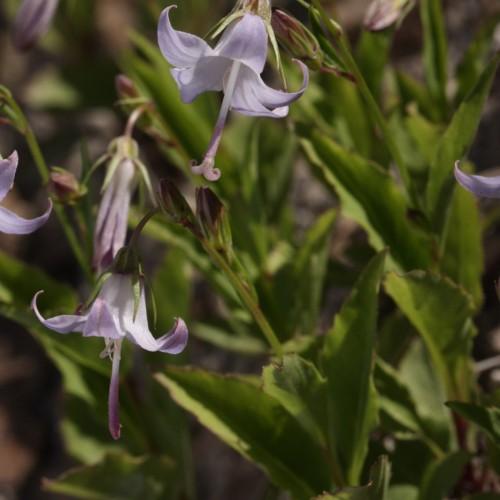
Scouler's Harebell
Campanula scouleri
Also Known As - Pale BellfowerWatering:
Frequent
Hardiness Zone:
Sun:
full sun,part shade
Leaf:
Yes
Growth Rate:
Low
Care Level:
Moderate
watering
The Canterbury Bellflower requires moderate watering, with the soil kept moist but not wet. During the growing season (spring and early summer), water the plant about once a week, allowing the soil to dry out slightly between waterings. During hotter weather water more frequently; generally every 3-4 days should be sufficient. During the winter months reduce watering to at least once a month.
sunlight
The Canterbury Bellflower (Campanula medium) should be grown in full sun for optimal performance. The plant thrives in full sun for at least 6 hours during the day, and will need more during the peak of the summer when the days are longer. If the plant is grown in an area where it is shaded most of the day, it will not produce many flowers and will likely become leggy as it strives for more light. If observing the Canterbury Bellflower outdoors, consider positioning it in a location where it receives direct sun for most of the day, or moving it to a sunnier location during the peak of summer when the days are longest.
pruning
Canterbury Bellflower (Campanula medium) is best pruned in late spring or early summer, after flowering is finished. It can be pruned back by around 1 third of its current height. New growth is encouraged and overcrowding should be prevented by cutting back any dead, diseased or damaged stems. Additionally, if the plant is becoming too large, thorough pruning can be done by removing old stems from the base.
